Welcome to the Wheelhouse, a series of blogs from Ebiquity’s Marketing Effectiveness team.
In this first edition of the Wheelhouse blog for 2024, Principal Consultant Steffen Kapffenstein makes the case for consumer goods investing in dedicated analytics to optimise the effectiveness of their promotional spend. In today’s tough economic climate, knowing what works best in terms of promotions – and why – have never mattered more. Yet almost half of all trade investment is loss making. How can you make sure you’re in the right half?
Brands facing tough times
In the words of more than one of our fast-moving consumer goods clients in recent months: “It’s tough out there”. Today´s FMCG landscape is challenging to say the least. Sustained high levels of inflation and interest rates and the increased cost of living have made consumers more price conscious than ever. Shoppers are turning more and more to own label brands to save money on and are becoming more sensitive to price changes. Add to these the ever-changing retailer strategies – such as Tesco’s “Aldi price match”, Sainsbury’s “value simplicity”, and numerous other supermarkets’ loyalty card schemes – and it is becoming more challenging to achieve top line and bottom-line growth through trade investment.
The value of pulling the promotional lever
Trade investment – price promotions – usually accounts for the single biggest line item in most brands’ P&L and it’s a quick and responsive lever to pull for short term volume gains. Promotions can deliver more than 60% of the total yearly volume and can have short-term uplifts way over 100% – compared with no more than 10% for media in FMCG. As a result, Revenue Growth Management teams are under increased pressure to enhance business performance by finding the optimal price and promotional strategy.
Yet despite the potential that trade investment can deliver, optimising spend in this area is by no means straightforward. Ebiquity’s benchmarking of more than 10,000 promotions run over the past decade show that almost half (46%) of all promotional events are in fact loss making. See Figure 1.
Figure 1. Price promotions are no quick-fix

This is why it’s becoming increasingly important for brand teams to understand the dynamics of price and promotional performance fully, to learn how to optimise activities, and to put in place a plan that most efficiently addresses their business objectives. In our studies, we have seen that a comprehensive understanding of promotional dynamics can lead to efficiency gains of up to 30%. It also enables brand teams to adapt quickly to market changes.
Measuring the true impact of trade promotions
Perhaps surprisingly, improving trade marketing budgets can be overlooked. Often, this critical lever of brand performance is only talked about as a side note in Marketing Mix Modelling (MMM) briefs. Marketing mix models can help to explain the volumetric contribution of promotions and give a top line view of responsiveness of consumers to discount and price. But where MMM falls short is in providing a full explanation of the dynamics of promotions as well as their commercial implications.
A Marketing Mix – or econometric – model can help to isolate the impact of promotional activities to make sure the right conclusions are reached when combined with additional analytical processes. Using the econometric model as a foundation, we can capture and overlay each promotion with the investment associated with that activity. This gives us a comprehensive database of each promotional investment. Volumetric (sales) and financial (revenue) results generate important insights, such as whether consumers are driven by discount or promotional pricing, and if it’s possible to increase price and drive bottom and top line at the same time. The summary of our analysis of the impact of promotional activities is shown in Figure 2.
Figure 2. The impact of discounts and promotional price shifts on volume uplift
Answering smarter questions
What’s more, getting a proper understanding of the impact of promotional spend not only serves as a great “financial audit”. Together with econometric modelling, it also helps us to answer critical business questions, including:
-
- Which SKUs should we promote? What is the optimal discount and mechanic?
-
- How responsive are our products to discount?
-
- How does our pricing impact our promotional performance and base sales?
-
- What is the optimal promotional strategy after a price increase?
-
- Does our brands’ promotional responsiveness change over time?
-
- What is the impact of our promotions on other SKUs as well as the category? Does it lead to market cannibalisation?
-
- What is the impact of secondary display?
-
- How should we fund our promotion?
-
- What is the impact of Shrinkflation – the reduction in the size of a product in response to rising production costs?
In-house, outsourced, or hybrid?
Having promotional effectiveness analytics performed by a third-party provider can help increase credibility of internal recommendations from Revenue Growth Management teams. This approach can also provide them with additional, detailed insights about price and promotions. As a result, they can plan efficiently and be prepared for sudden internal or external changes. What’s more, being able to tap into the expertise of a dedicated, specialist provider – with experience across many different categories – allows Revenue Growth Management teams to seek inspiration from other sectors and recent historical precedents.
Our experience also suggests that deploying a standalone, promotional forecasting tool – one that can quickly create scenarios that take price and promotional changes into account and gives brand owners an accurate picture of their business KPIs – is also more useful than depending on one of the large Trade Promotion Optimization systems. These can often end up being costly and time-consuming, and they struggle to manage the overall scale and complexity of FMCG brands. Clients should aim for a tool, not a system, that avoids complex integration. You can find out more in our paper “Optimising promotional effectiveness in retail: how Arla outperformed a challenging dairy market by using PlanIT”.
Combining a marketing effectiveness brief with one for promotional effectiveness can deliver even richer insights. This approach enables brand owners to understand fully how media and promotions work together, how they can be aligned to create a positive synergy for both, and how to re-balance budgets to align with long-term business goals. Our ten-year analysis of more than 10,000 individual promotions reveals that almost half of trade investment is loss-making. Taking the holistic approach detailed in this article will help you make sure you end up in the right half.


